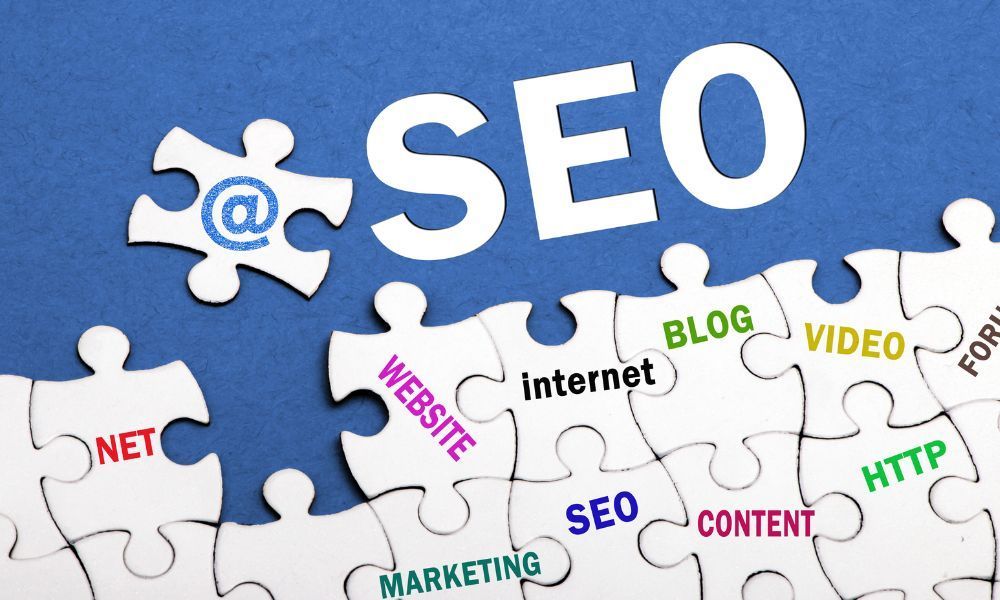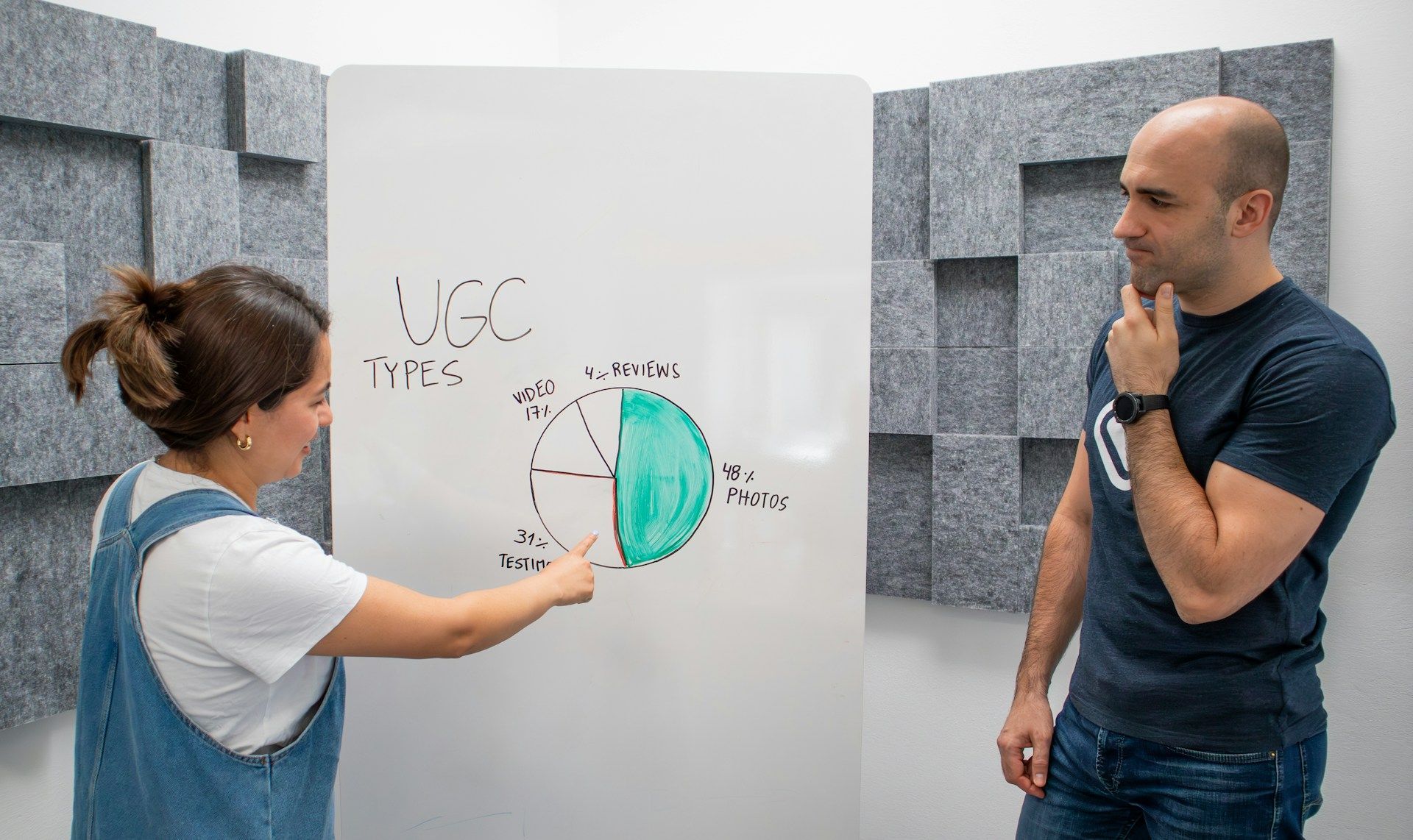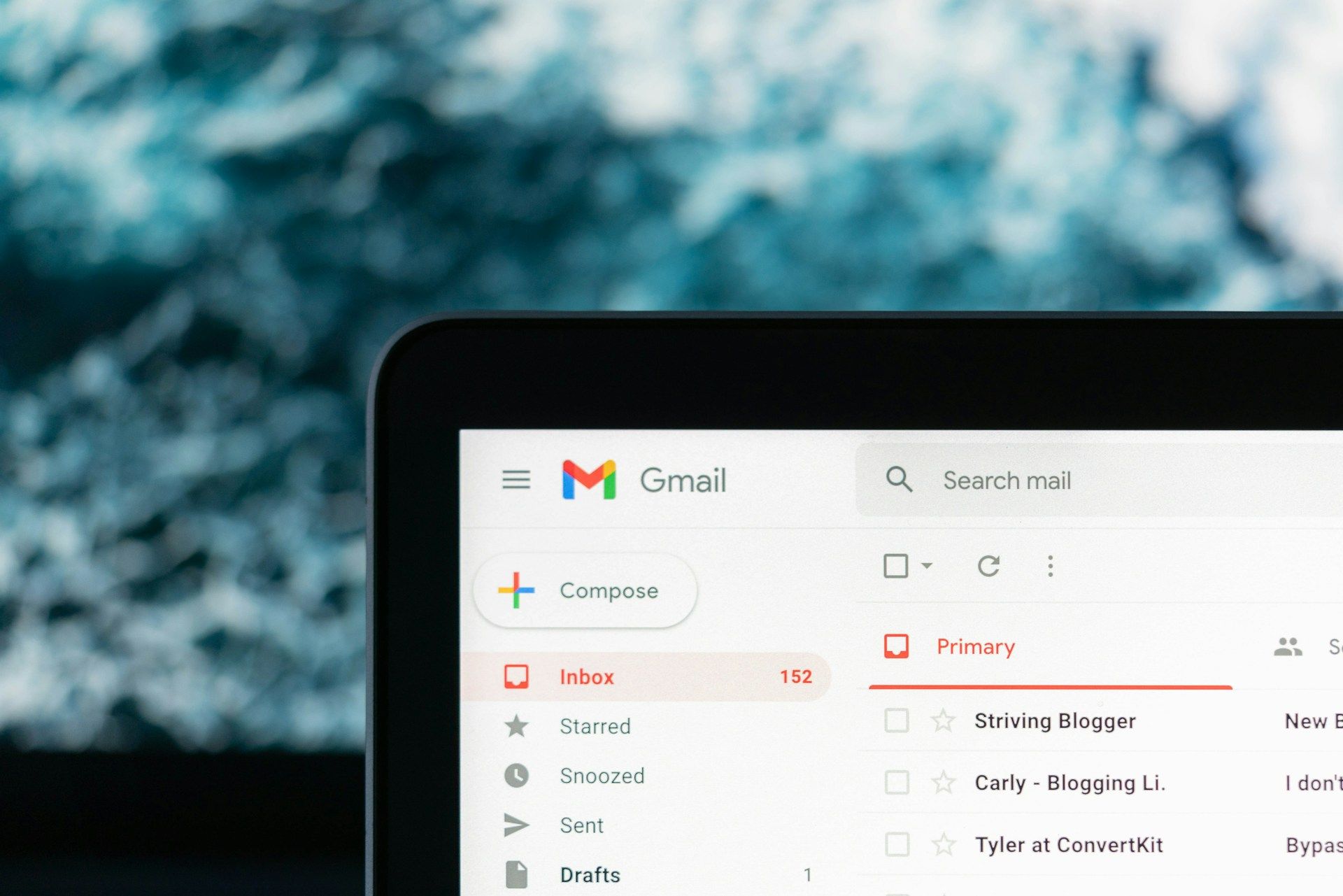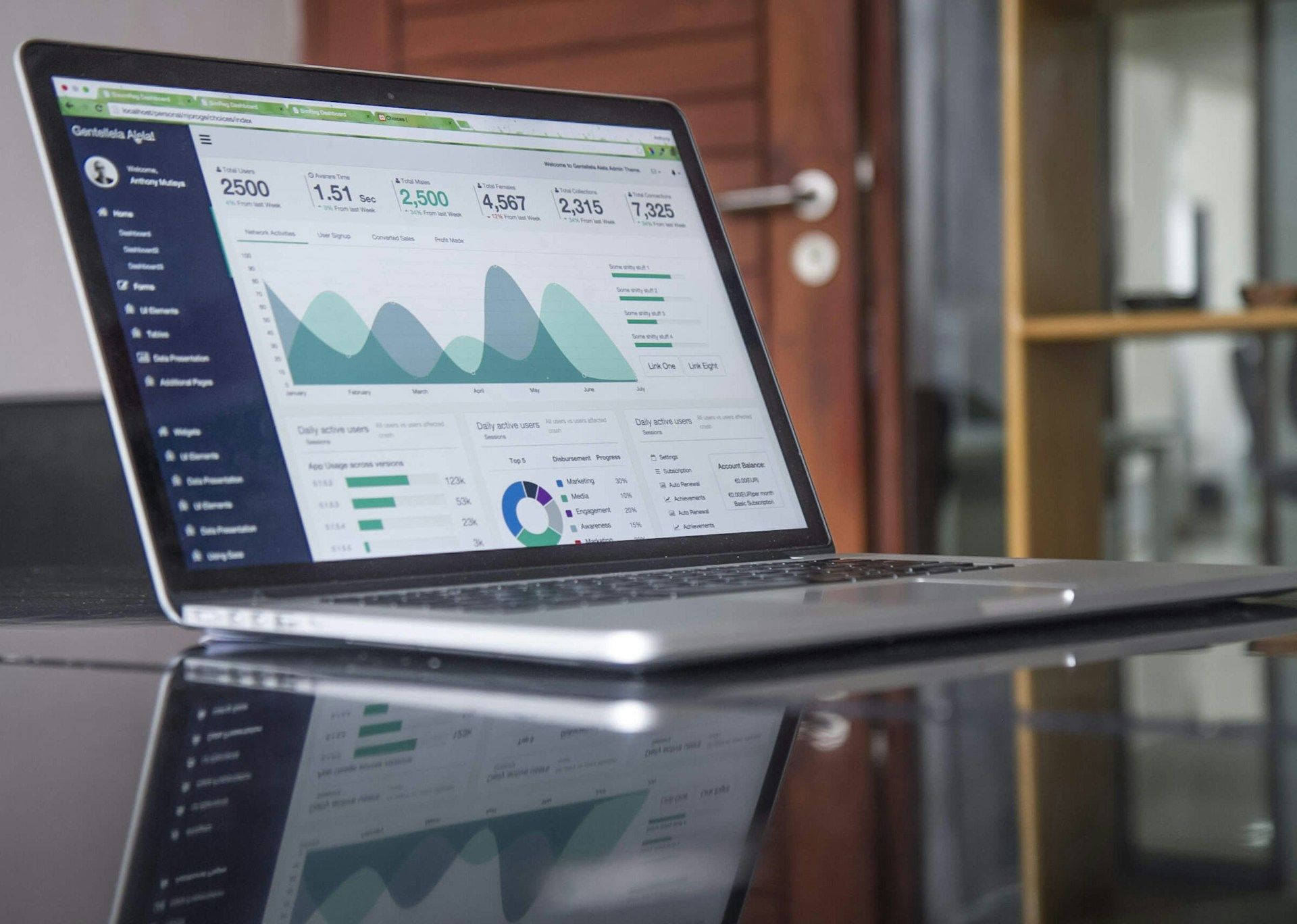
Nailing On-Page SEO: Essential Techniques to Supercharge Your Rankings
Search engine optimization (SEO) is an indispensable online marketing strategy for any business looking to increase visibility and generate more leads. Navigating successful SEO strategies can be complex and may often feel overwhelming, especially considering the numerous factors contributing to your online presence. However, one area within the realm of SEO that every business should focus on is on-page optimization.
On-page SEO consists of the optimizations made directly on a website's content and meta elements, resulting in improved search visibility and user experience. By implementing strategic on-page SEO methods, you can create a website that not only appeals to search engines but also captivates users and encourages prolonged interactions.
In this blog post, we will discuss critical on-page SEO elements such as keyword integration, content structure, meta elements, image optimization, and internal linking. We will also uncover the benefits of prioritizing this often-underrated aspect of SEO, showcasing the positive impact that well-executed on-page optimizations can have on your website's ranking success.
Strategic Keyword Integration: The Cornerstone of On-Page SEO
Effectively incorporating keywords into your content is crucial for on-page SEO success. Sprinkling these terms strategically allows search engines to understand your content's context and relevance, impacting your rankings. Here are some best practices to consider while placing keywords within your content:
- Use your primary keyword sparingly but effectively: Integrate the primary keyword within the first 100 words, in subheadings, and evenly throughout the content without overusing it.
- Leverage secondary keywords and synonyms: To avoid keyword stuffing, use secondary keywords and synonyms to maintain relevance and provide a more natural reading experience.
- Apply long-tail keywords: Target specific audience segments by incorporating them into your content, ensuring it addresses user intent and connects with potential customers.
Compelling Content Structure: Enhancing User Experience
An engaging, well-structured content layout is vital for retaining visitors, reducing bounce rates, and improving overall user experience. These tactics can help you refine your content structure:
- Employ short paragraphs and sentences: Minimize cognitive load for readers by breaking up lengthy paragraphs and sentences into easily digestible chunks.
- Use relevant subheadings: Create a clear information hierarchy by incorporating logical, keyword-rich subheadings (H2, H3, H4) that direct users toward the information they seek.
- Emphasize key points with formatting: Use bold, italic, and underlined formatting to highlight crucial information and facilitate smooth content scanning.
Optimizing Meta Elements: Communicating With Search Engines
Meta elements communicate vital information to search engines, helping your content rank for targeted keywords by providing meaningful context. Ensure your meta-elements are fully optimized with the following tips:
- Craft a compelling meta-title: Create a unique and engaging meta-title that includes your primary keyword and conveys the essence of your content in 65 characters or fewer.
- Write an enticing meta-description: Summarize your content within 155 characters or fewer, including primary and secondary keywords, while encouraging users to click through to your website.
- Optimize header tags: Include target keywords within header tags (H1, H2, H3) to define your content's subtopics and establish a clear content hierarchy.
Image Optimization: Aesthetic Appeal Meets SEO Power
Quality imagery is crucial for captivating visitors, but to harness their full SEO potential, they must be well-optimized. Follow these guidelines to ensure your images contribute to on-page SEO success:
- Use descriptive file names: Rename image files with descriptive text that incorporates relevant keywords, enabling search engines to understand the image's context.
- Implement alt-tags: Add alternative text (alt-tags) to all images, including keywords, when appropriate. This provides context for search engines and improves accessibility for visually impaired users.
- Optimize image file size: Reduce image file sizes with compression tools to improve page load times, thus enhancing user experience and potentially boosting your search ranking.
Effective Internal Linking: Guiding Users and Search Engines
Internal linking creates a navigable web of interconnected content within your website, promoting longer visitor sessions and providing a roadmap for search engine crawlers. Utilize these best practices for internal linking:
- Link to related content: Connect relevant pieces of content on your website by providing links that guide users to more in-depth information on specific subtopics.
- Use relevant, descriptive anchor text: Include keywords and descriptive phrases in your anchor text, allowing users and search engines to understand the context of linked content.
- Balance the number of internal links: Avoid overwhelming users with excessive internal links and focus on providing valuable connections between contextually related content.
Final Thoughts
Mastering on-page SEO techniques is vital for businesses to optimize their online presence and achieve higher search rankings effectively. By focusing on strategic keyword integration, content structure, meta-elements, image optimization, and internal linking, you can create a user-friendly website that appeals to search engines and potential customers.
As an affordable local SEO services provider in the US, Morningdove Marketing is committed to helping businesses like yours succeed online. Implementing proven on-page SEO techniques and leveraging our expertise, we can enhance your website's visibility, generate more leads, and ultimately propel your business to new heights. Contact us today for more information!












